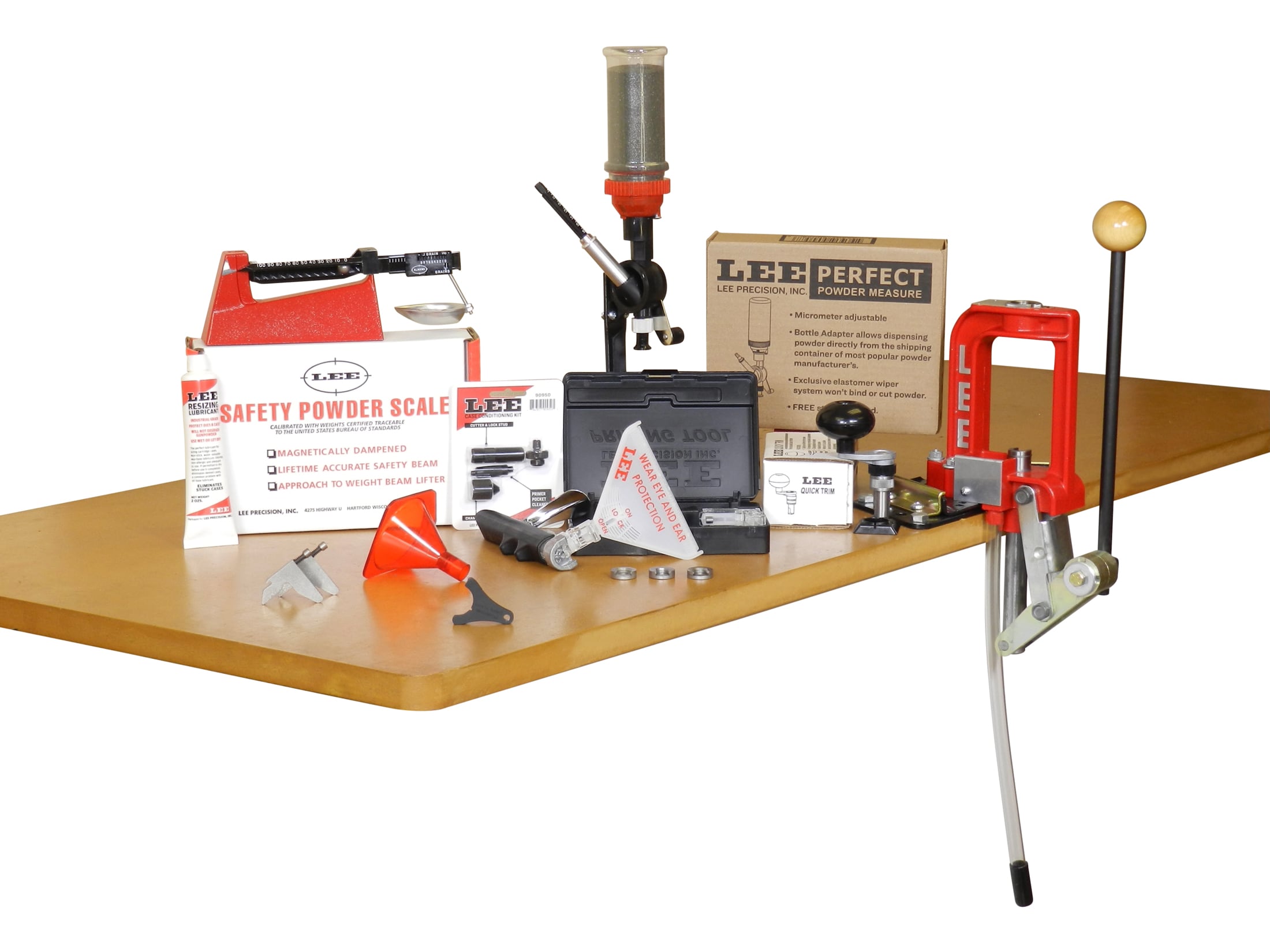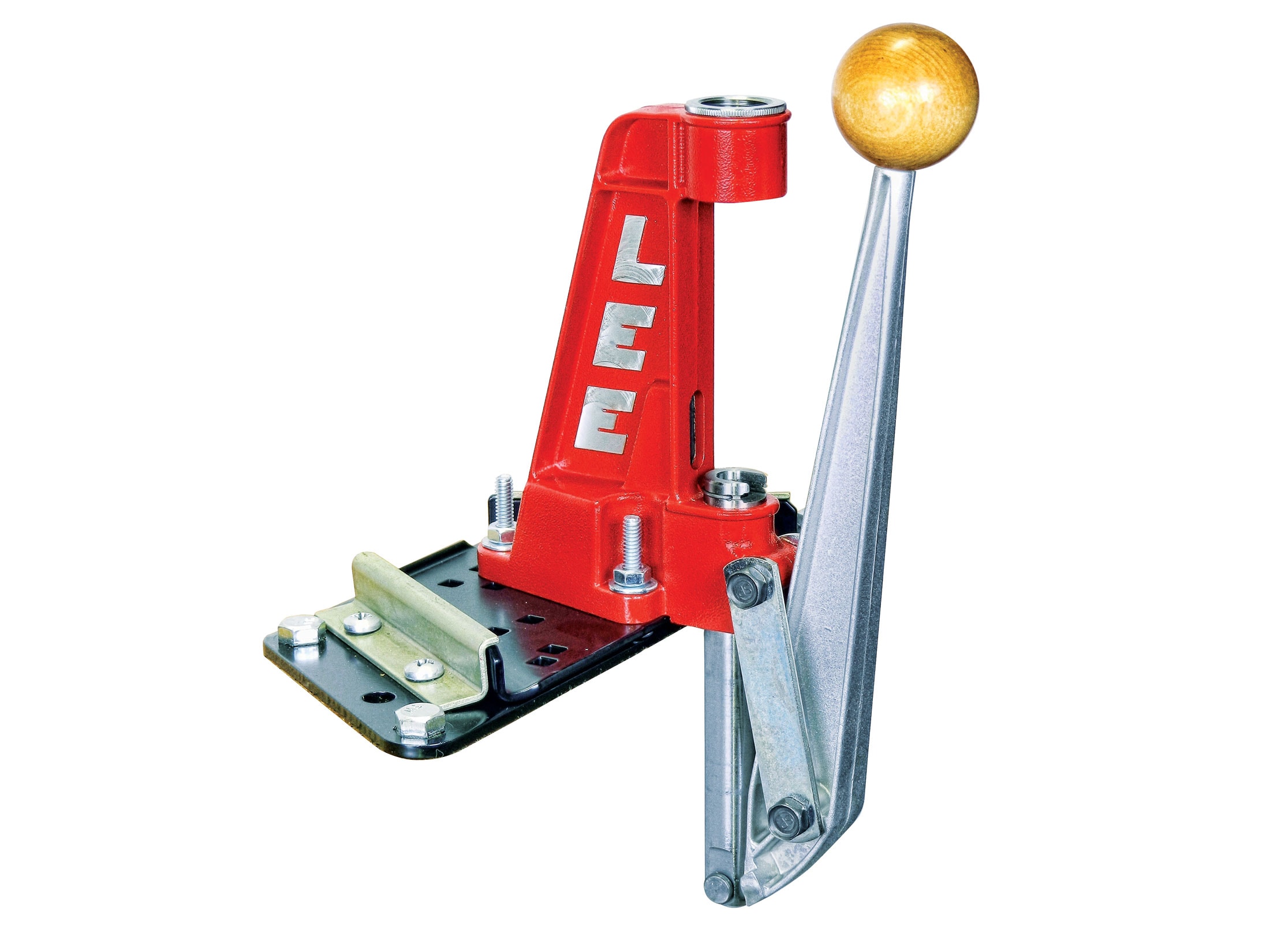"Buy good stuff from the beginning. Getting cheap stuff is false economy when you consider the amount of money you will spend on components. There are differing opinions about the quality of different brands. I will not go into that here. Do not let the price of a piece of equipment be the primary deciding factor upon which you make your choices."
^^^^This^^^^
Many decades ago,, I was a poor, lowly enlisted soldier & was on a tight budget. But I was also lucky enough to have a gentleman guide me to buy a quality Lyman single-stage press,, and a set of scales. I had to dip & trickle powder for a while until I could afford a powder measure. As time passed,, I watched for deals, and was able to upgrade my Lyman to a RCBS Rockchucker press. I was also slowly able to add more quality items as needed,, by careful shopping & watching for deals.
I still have that Rockchucker press,, as well as my first RCBS powder measure. I have also built up a fair collection of other quality handloading equipment.
"Buy once,, and cry once" is a good piece of advice. The warranty offered by Dillon, RCBS are among the best in any industry,, & not just handloading. But, more importantly the very few & far between issues with quality equipment more than make up for frustration of lesser quality tools.
Last time I did a count of how many rounds of ammo I've loaded over 40 years of loading,, is north of 1 million. Quality equipment is worth it every time.



